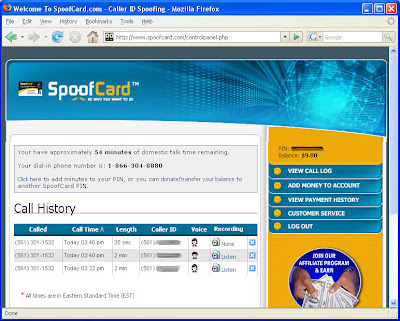In Oslo recently, on a gloriously sunny Sunday, I got to visit the Kon-Tiki museum with my Norway-resident brother, and see first-hand the original balsa-wood raft I first read about as a kid growing up in Australia in The Kon-Tiki Expedition.

The raft was build in Peru by Thor Heyerdalh, a Norwegian anthropologist and adventurer, who used it to cross the Pacific Ocean and prove humans had once traveled between between South America and Polynesia.
I bought Heyerdahl's life story "In the Footsteps of Adam" at the gift store on the way out, and immediately plunged into it. It was an inspiring read. During his years working as an anthropologist and biologist, he encountered a hell of a lot of resistance, but ultimately succeeded in building bridges between leaders, scientists, and cultures, using nothing but water.
It reminded me of someone else.
Five years ago, I found myself at the back of a crowded plane headed for the West Coast. As I slumped down into my seat, the mousy-haired woman in the window seat next to me smiled and said hello. She asked me if I was headed to the West Coast for business, or pleasure.
"Business," I told her.
"What do you do?" she asked.
"Software," I replied. "What business are you in?"
She smiled and said "I swim. I'm a swimmer."
Now, I've sat next to countless executives, mysterious government operatives, aid workers, soldiers, artists, crazy people - and sportsmen and women - on planes over the years. The lady looked to be about forty years old, and her physique did not strike me as that of an athlete.
But the story she went on to tell was astounding.
She'd started swimming as a hobby, at 9. At 14 she and some friends decided to swim 26 miles from LA to Catalina. They succeeded. At 15, she broke both the men's and women's records for swimming the English channel. At 18, she became the first woman ever to swim between the north and south islands of New Zealand, and a year later swam from Denmark to Sweden.
In 1987, she swam the Bering Strait, smacking through the thin sheets of ice that formed on top of the water after the ice-breaker passed with her arms. Upon reaching the Russian side of the strait, she reunited families from her US escort party with USSR cousins that had not seen each other for thirty years - and was toasted by Reagan and Gorbachev at their Reykjavik summit.
She had followed this up with a swim from Argentina to Chile, a swim from Bolivia to Peru (becoming the first person to cross Lake Titicaca), and a swim from Egypt to Israel. She was now planning, she said, to swim around a peninsula in Antarctica.
She asked me if I knew anyone that would sponsor her. It would cost $40,000. She would be swimming for a mile and half in temperatures that no one had ever swam in before - around 35 degrees Fahrenheit. There would no doubt be news crews covering the event - a chance that corporate logos would be visible during her swim.
I told her I would try. But secretly, I thought she was crazy for even thinking about swimming in Antarctica waters. *Not* helping her raise money would probably save her life, I reasoned. We got off the plane and we said goodbye.
Five years passed. Then one day, I was walking past a Barnes and Noble and spotted a book called "Swimming to Antarctica".
The book was, of course, the story my fellow passenger, Lynn Cox had told me on the plane. Not only had she raised the money, and completed the swim to great public acclaim, but she had moved on to build a successful career in writing and public speaking.
I bought the book. It was every bit as good as our plane ride. Lynn, I don't know where you are planning to swim next, but if you need help finding a sponsor, I owe you one.
Note: Lynn's latest book is Grayson - a true story about her encounter with a whale while swimming off California. There are glowing reviews on book sites from Anne Rice, Jane Goodall, Oliver Sacks, Carl Hiaasen, and Temple Grandin.
I'm sure it's as inspiring as the first.





















